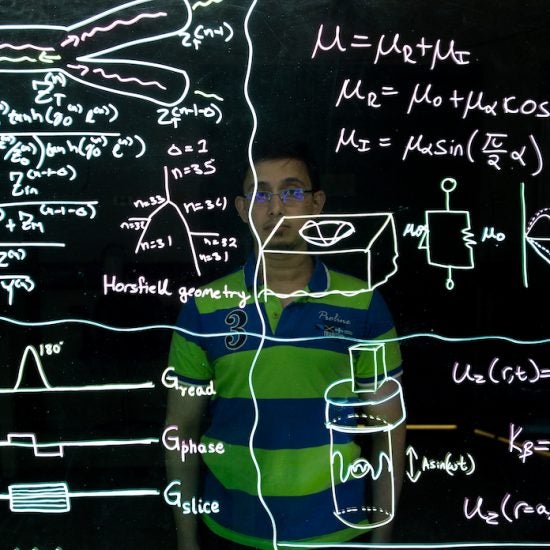Courses
This page provides access to information about current course offerings in biomedical engineering. Both graduate and undergraduate courses can be found here.

Biomedical engineering course catalog Heading link
The course catalog page contains up-to-date course codes and descriptions for classes in both biomedical engineering and bioinformatics.
Biomedical engineering course guides and resources Heading link
- Spring 2024 course schedule: Department-only summary of courses for spring 2024
- Summer 2024 course schedule: Department-only summary of courses for summer 2024
- Fall 2024 course schedule: Department-only summary of courses for fall 2024
- Teaching Assignments
- UIC schedule of classes (Banner link): Complete listing of UIC course schedules
- Biomedical engineering graduate course electives: List of potential course electives
- University final exam schedule
Special Topics Courses Heading link
-
BME 494 Nanotechnology in Bioengineering
Analysis and design considerations of problems associated with nanomaterials and advanced nanoscale characterization for biomedical applications.
This course explores the fascinating intersection of nanotechnology and bioengineering, focusing on the application of nanoscale materials and devices in solving challenges within the biomedical and healthcare fields. Through a combination of lectures, case studies, and group projects, students will gain a comprehensive understanding of nanobiotechnology and its potential impact on healthcare, diagnostics, and therapeutics.
-
BioE 494 Human Movement and Neural Control
This is a lecture course providing an overview of the broad field of human movement biomechanics and neural control. This develops engineering skillsets for rigid body kinematics and dynamics, solves quantitative problems associated with the study of human movement, and a literature overview. This includes computer modeling of how the central nervous systems controls musculoskeletal movement, including muscle mechanics, gross body dynamics, control theory, and motor learning.
Prerequisites: BIOS 110, MATH 180, CS 109 (or equivalent)
-
BioE 494 MRI in Practice
Magnetic Resonance Imaging (MRI) is one of the most widely used imaging modalities in hospitals and clinics for medical diagnosis due to its non-invasive, non-ionizing, and multi-planar capability to visualize human body. This course offers in-depth discussions covering all core areas, including: basic principles, image weighting and contrast, spin and gradient echo pulse sequences, spatial encoding, k-space, protocol optimization, artefacts, instrumentation, and MRI safety. We will use the leading MRI reference book MRI in practice as our textbook. This course will prepare students, in the future, for advanced researches on MR imaging and for MRI related occupation, for example, the advanced level examination for MRI offered by the American Registry for Radiologic Technologists (ARRT) in the USA.
-
BME 494 Interdisciplinary Design, Prototyping, and Manufacturing
Project based course during which engineering students will work collaboratively with medical students to design and prototype a medical technology. A single longitudinal project will be accompanied by hands-on learning of relevant prototyping and manufacturing processes. Instructor approval required.
-
BioE 494 Biomedical Computer Vision
This course will teach introductory computer vision with a focus on biomedical applications. The course will go through image processing methods, feature extraction, machine learning, and introductory deep learning for computer vision (i.e. convolutional neural networks for classification). The class will focus on 3-4 problem sets that will be a mix of theory questions and programming assignments, all of which will be in Python. A major portion of the class grade will also be a group project, where students will work in groups of 3-4 and apply the learned methods to a novel research problem on real world data.
-
BioE 594 Mechanical Wave Motion in Medical Diagnostics & Imaging
Theory of acoustics in fluids and solids. Measurement methods. Medical diagnostic and imaging applications: cardiovascular and pulmonary acoustics, ultrasound, dynamic elastography. Students must have graduate standing in an engineering program or permission of the instructor. Must have had differential equations (e.g. Math 220) with grade of B or better.
-
BioE 594 Advanced Biomedical Computer Vision
This course will teach the current state of the art for computer vision with a focus on biomedical applications. The course will go through advanced topics in deep learning, such as segmentation, detection, image generation, multi-task learning, feature learning, black box visualizations, and much more. The class will function much like a journal club with students taking turns presenting various papers written in recent years. The class assumes a strong base understanding of computer vision and modern-day deep learning. The main focus of the class, outside of the lectures and assigned readings, will be a final project where students work in groups of three or four to apply the learned methods to a novel research problem on real-world data.